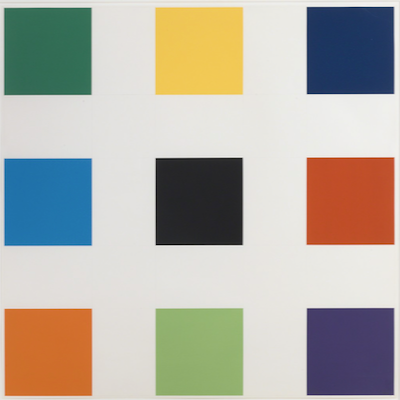
Details
Artist
Styles
Original drawing on paper. Signed by the artist. Authenticated by Pierre Vasarely - year: 50's // Drawing I by Victor Vasarely, created in the 1950s, is an original drawing that showcases the artist’s early exploration of geometric abstraction and minimalism. The drawing consists of a series of simple, linear shapes arranged in an angular, almost architectural composition. Vasarely’s signature style, later known for its optical illusions and vibrant patterns, is here distilled to a minimalist outline, emphasizing form and structure without the use of color or intricate detail. This piece reflects Vasarely’s foundational interest in spatial relationships and geometry, elements that would define his contributions to the Op Art movement. Signed by the artist and authenticated by Pierre Vasarely, this drawing on paper is both a testament to Vasarely’s artistic roots and a study in simplicity and precision.
Drawing I
form
Medium
Size
25 x 19 cm
- Inches
- Centimeters
Edition
Price
- USD
- EUR
- GBP
Details
Artist
Styles
Original drawing on paper. Signed by the artist. Authenticated by Pierre Vasarely - year: 50's // Drawing I by Victor Vasarely, created in the 1950s, is an original drawing that showcases the artist’s early exploration of geometric abstraction and minimalism. The drawing consists of a series of simple, linear shapes arranged in an angular, almost architectural composition. Vasarely’s signature style, later known for its optical illusions and vibrant patterns, is here distilled to a minimalist outline, emphasizing form and structure without the use of color or intricate detail. This piece reflects Vasarely’s foundational interest in spatial relationships and geometry, elements that would define his contributions to the Op Art movement. Signed by the artist and authenticated by Pierre Vasarely, this drawing on paper is both a testament to Vasarely’s artistic roots and a study in simplicity and precision.
- Recently Added
- Price (low-high )
- Price (high-low )
- Year (low-high )
- Year (high-low )
What is Hard Edge Art?
Hard Edge art is a style of abstract painting that became popular in the 1960s. It features areas of color separated by crisp, sharp edges that are painted with geometric precision. The term hard-edge painting was coined by art critic Jules Langsner to describe this approach, which contrasts with the softer, more fluid forms of other abstract styles.






































































